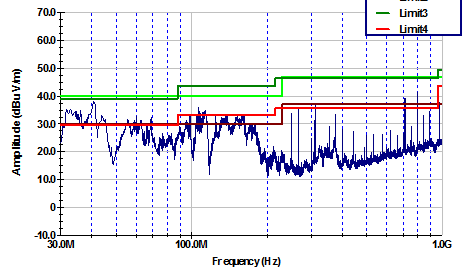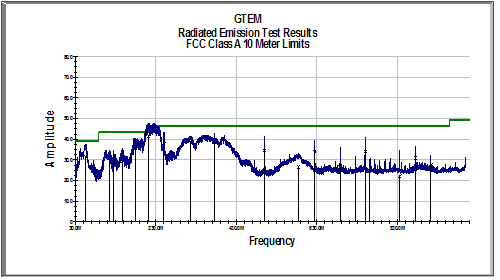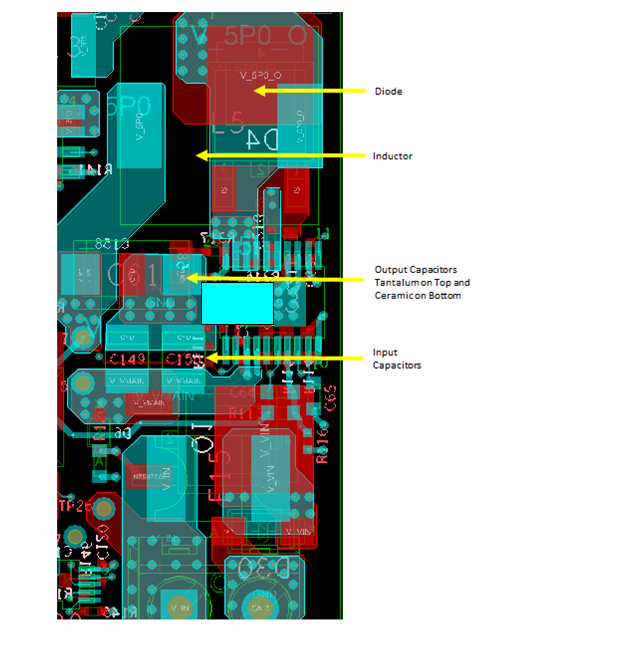Hi, I am using LM5576 to convert 24V to 5V. I see that EMI performance is not good with 24V input. It is significantly better with a 12V input. I am using power adapters with CE mark for both 24V and 12V input. I want to use 24V only as input.The maximum load current is about 250mA. I am suspecting that since the load current is too small for this kind of regulator, these kind of issues are coming out. Did anyone face this kind of issue? Any help to improve the EMI performance will be appreciated.





